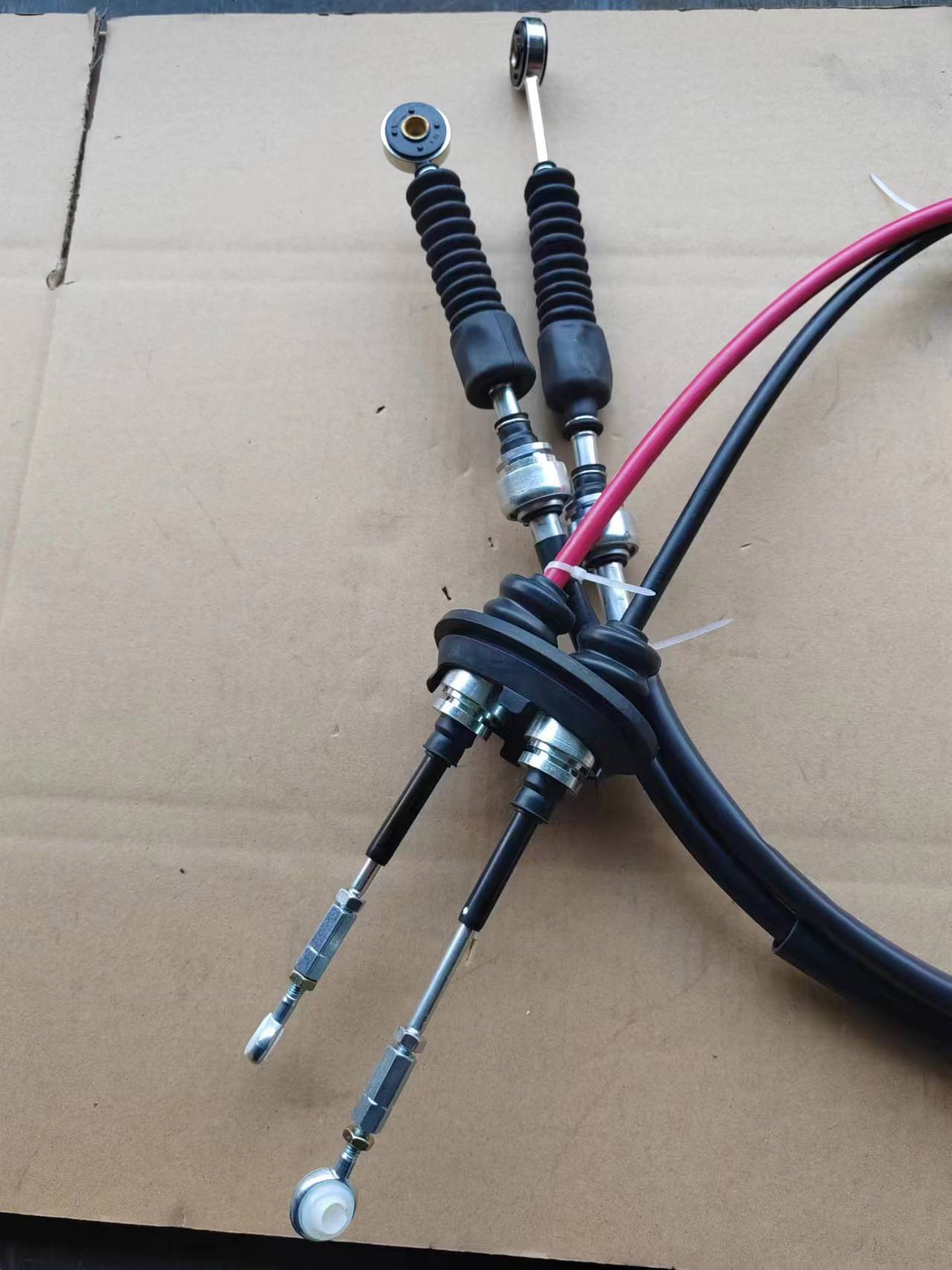throttle cable linkage
Understanding Throttle Cable Linkage The Key to Efficient Engine Control
Throttle cable linkage plays a crucial role in the operation and performance of internal combustion engines, especially in vehicles. This system serves as the essential connection between the accelerator pedal and the throttle body, enabling drivers to control the power output of the engine by regulating the air-fuel mixture entering the combustion chamber. In this article, we will explore the purpose, functioning, and maintenance of throttle cable linkage.
The Purpose of Throttle Cable Linkage
At its core, throttle cable linkage is designed to provide a reliable means of transmitting driver inputs to the engine. When the driver presses the accelerator pedal, the throttle cable pulls on the throttle plate within the throttle body. This action allows more air to enter the engine, which, together with fuel, increases engine power and speed. Conversely, releasing the pedal leads to a reduction in throttle opening, thereby decreasing power and speed.
Throttle cable linkages can be found in various engine types, including those in cars, trucks, and motorcycles. While many modern vehicles use electronic throttle control (ETC) systems, traditional throttle cable linkages remain prevalent and have their advantages, such as simplicity and direct mechanical feedback.
The Mechanism Behind Throttle Cable Linkage
The throttle cable linkage comprises several components the throttle cable itself, the accelerator pedal, and the throttle body. The cable is typically made from durable materials that can withstand the tension and wear associated with constant use. It is usually housed in a protective sheath to prevent damage from environmental factors.
When the driver presses the accelerator pedal, the following sequence of actions occurs
1. Pedal Input The movement of the accelerator pedal creates tension in the throttle cable. 2. Pulling the Throttle Plate This tension is transmitted through the cable to the throttle plate in the throttle body. 3. Throttle Response As the throttle plate opens, more air enters the engine, increasing the engine's power output. 4. Feedback Loop The driver receives immediate feedback from the engine response, enhancing the driving experience.
throttle cable linkage

This system ensures that the connection between the driver’s intention and the engine's output is both immediate and responsive, providing a more engaging driving experience.
Maintenance of Throttle Cable Linkage
Proper maintenance of throttle cable linkage is essential for ensuring the longevity and efficiency of the system. Here are some key maintenance tips
1. Regular Inspection Routinely check the throttle cable for signs of wear, fraying, or damage. Any signs of deterioration should be addressed immediately to prevent malfunction. 2. Proper Adjustment Ensure that the cable is appropriately adjusted for optimal performance. A cable that is too loose can result in sluggish throttle response, while an overly tight cable may lead to premature wear or unexpected acceleration.
3. Lubrication Apply a suitable lubricant to the cable and its fittings to minimize friction and wear. This can greatly enhance the cable's lifespan and operational smoothness.
4. Check for Binding Ensure that the cable does not come into contact with sharp edges or moving parts that could cause it to bind or snap.
5. Professional Service It is advisable to consult a professional mechanic for thorough inspections and adjustments, especially for complex systems or if significant issues are detected.
Conclusion
Throttle cable linkage, though simple in concept, is integral to the effective operation of many vehicle engines. By understanding its purpose and mechanism, as well as committing to regular maintenance practices, drivers can ensure optimal engine performance and enhance their overall driving experience. Whether in daily commutes or thrilling rides, a well-functioning throttle cable linkage system contributes significantly to vehicle responsiveness and control, making it a critical component in automotive engineering.
-
Upgrade Your Control with Premium Throttle CablesNewsAug.08,2025
-
Stay in Control with Premium Hand Brake CablesNewsAug.08,2025
-
Experience Unmatched Performance with Our Clutch HosesNewsAug.08,2025
-
Ensure Safety and Reliability with Premium Handbrake CablesNewsAug.08,2025
-
Enhance Your Vehicle with High-Performance Clutch LinesNewsAug.08,2025
-
Elevate Your Ride with Premium Gear CablesNewsAug.08,2025
